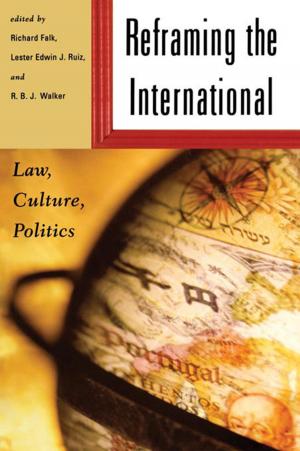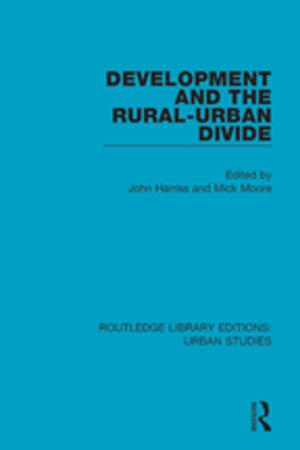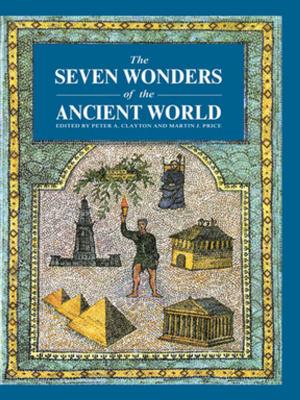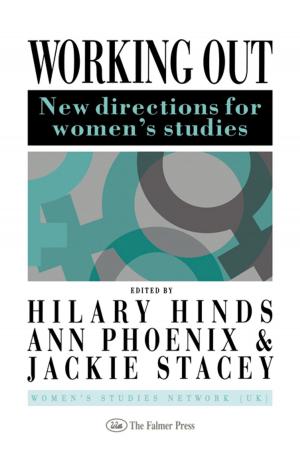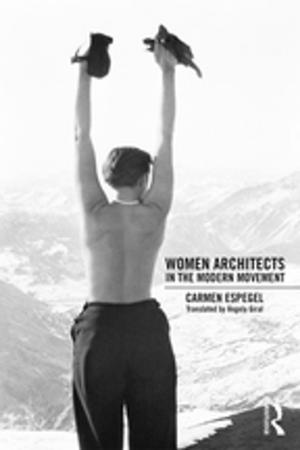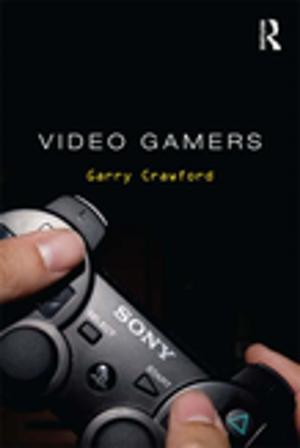| Author: | Linda J. Dunbar | ISBN: | 9781351905688 |
| Publisher: | Taylor and Francis | Publication: | July 5, 2017 |
| Imprint: | Routledge | Language: | English |
| Author: | Linda J. Dunbar |
| ISBN: | 9781351905688 |
| Publisher: | Taylor and Francis |
| Publication: | July 5, 2017 |
| Imprint: | Routledge |
| Language: | English |
As Superintendent of Fife, John Winram played a pivotal role in the reform of the Scottish Church. Charting his career within St Andrews priory from canon to subprior, Linda Dunbar examines the ambiguity of Winram's religious stance in the years before 1559 and argues that much of the difficulty in pinning down Winram's views stems from the mis-identification of John Knox's un-named reforming sub-prior with Winram. In fact, as the book shows, this early reformer was probably Winram's own sub-prior, Alexander Young. The various reforming influences on Winram, and the gradual change in his religious stance is charted, together with his robust attempts at Catholic reform with St Andrews and his profound effect upon John Knox during the siege of the castle. In 1559, Winram eventually decided to side with the Protestants. The book concludes with an analysis of the difficulties experienced by Winram and the preponderance of accusations against him which led to his final relinquishing of office in 1577. In his transition from a Catholic to a Protestant reformer, Winram's experience is typical of that of many of his contemporaries in Scotland and in Europe.
As Superintendent of Fife, John Winram played a pivotal role in the reform of the Scottish Church. Charting his career within St Andrews priory from canon to subprior, Linda Dunbar examines the ambiguity of Winram's religious stance in the years before 1559 and argues that much of the difficulty in pinning down Winram's views stems from the mis-identification of John Knox's un-named reforming sub-prior with Winram. In fact, as the book shows, this early reformer was probably Winram's own sub-prior, Alexander Young. The various reforming influences on Winram, and the gradual change in his religious stance is charted, together with his robust attempts at Catholic reform with St Andrews and his profound effect upon John Knox during the siege of the castle. In 1559, Winram eventually decided to side with the Protestants. The book concludes with an analysis of the difficulties experienced by Winram and the preponderance of accusations against him which led to his final relinquishing of office in 1577. In his transition from a Catholic to a Protestant reformer, Winram's experience is typical of that of many of his contemporaries in Scotland and in Europe.


